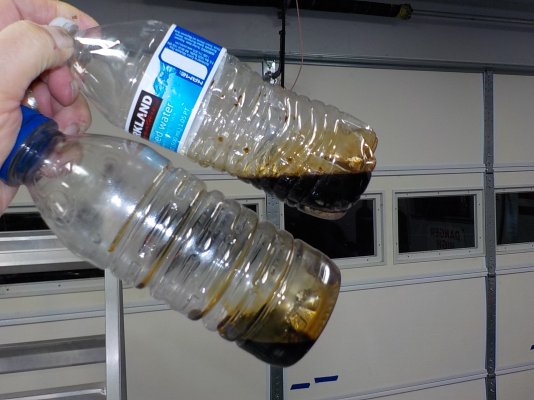I'm intrigued by catch cans and what they can do, why they exist, etc. Generally speaking, I like to challenge things with questions, only in an attempt to gain a better understanding of something that's new (to me).
With that said, has anyone ever sent their catch can gatherings to Blackstone or any similar oil analysis company to be evaluated? I've seen some online say they believe the catch can gatherings are mostly fuel, with only a very small part of it being oil. That being why most people report the can gatherings look quite thin.
Thoughts? As stated before, I truly am intrigued by these things, but I'm thinking if some of those who have the catch cans would be willing to send their catch can gatherings for analysis then we could better position ourselves to either have more trust in these, or possibly push them off as unnecessary add-ons.
With that said, has anyone ever sent their catch can gatherings to Blackstone or any similar oil analysis company to be evaluated? I've seen some online say they believe the catch can gatherings are mostly fuel, with only a very small part of it being oil. That being why most people report the can gatherings look quite thin.
Thoughts? As stated before, I truly am intrigued by these things, but I'm thinking if some of those who have the catch cans would be willing to send their catch can gatherings for analysis then we could better position ourselves to either have more trust in these, or possibly push them off as unnecessary add-ons.


